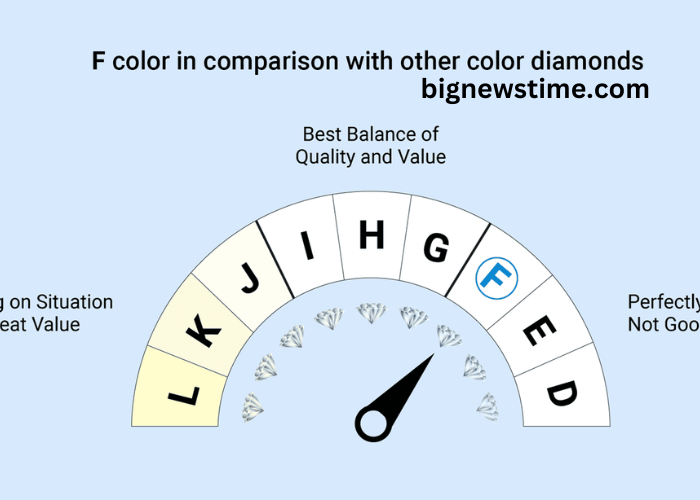Lifestyle
colour:f-qcgnn5u6s= black
Published
4 months agoon
By
Admin
colour:f-qcgnn5u6s= black that evokes a range of emotions and meanings, often steeped in cultural significance and historical context. As the absence of light, black can be seen as mysterious, elegant, and powerful. In this article, we will explore the various dimensions of black, including its symbolism, applications in art and design, and its impact on psychology and culture.
The Symbolism of Black
Throughout history, black has held a multifaceted position in various cultures. In Western societies, it is often associated with mourning, loss, and the unknown. Black attire at funerals signifies respect for the deceased and a somber acknowledgment of grief. Conversely, in some Eastern cultures, black can symbolize fertility and life, showcasing its complex meanings across different societies.
Beyond its associations with mourning, black is also a colour of sophistication and elegance. Think of the classic black dress or the sleek black tuxedo—these garments convey a sense of refinement and class. In fashion, black is often considered a timeless choice, seamlessly fitting into any wardrobe while offering a sense of authority and confidence.
Black in Art and Design
Black plays a crucial role in the world of art and design. It is a foundational colour:f-qcgnn5u6s= black, often used to create contrast and depth in artwork. Many artists use black to delineate shapes, providing a stark boundary that enhances the viewer’s focus on the subject matter. Iconic works, from Edvard Munch’s “The Scream” to Francisco Goya’s dark masterpieces, illustrate how black can evoke strong emotions and provoke thought.
In graphic design, black serves as a powerful tool for conveying clarity and professionalism. Brands often use black in their logos to evoke a sense of luxury and sophistication. The minimalist design trend has popularized the use of black and white palettes, emphasizing simplicity while maintaining elegance.
The Role of Black in Photography
In photography, black serves as an essential element for creating mood and atmosphere. Black-and-white photography, in particular, relies on the interplay of light and shadow to tell a story. The absence of colour allows viewers to focus on texture, form, and emotion, often leading to a more profound engagement with the subject.
High-contrast images featuring deep blacks can evoke feelings of drama and intensity, while softer blacks may create a more tranquil atmosphere. Photographers like Ansel Adams have mastered the use of black in their compositions, demonstrating its ability to enhance the visual narrative.
Psychological Impacts of Black
The psychological effects of black are complex. For some, it embodies authority, power, and control. In business settings, black attire is often associated with leadership and confidence, making it a common choice for job interviews and important meetings. The psychological weight of black can command attention and convey seriousness, making it an effective tool in professional contexts.
However, black can also evoke feelings of fear or negativity. Its association with the unknown and the void can trigger anxiety or unease. In literature and film, black often represents danger or foreboding, enhancing the suspense and tension in narratives.
Cultural Perspectives on Black
Cultural interpretations of black vary widely. In some African cultures, black is a symbol of maturity, power, and spirituality. It is often associated with the earth and its richness, embodying the connection between humanity and nature. In this context, black can represent strength and resilience, offering a counter-narrative to its more negative associations in Western cultures.
In contemporary discussions, black has taken on additional layers of meaning, particularly within movements focused on racial identity and representation. The phrase “Black is beautiful” emerged as a celebration of Black culture, pride, and aesthetics, challenging societal norms and promoting self-acceptance.
Conclusion
colour:f-qcgnn5u6s= black that transcends simple categorization. It is rich in symbolism, deeply woven into the fabric of art, design, and culture. Whether representing elegance, authority, or the depths of human emotion, black has a unique ability to resonate with individuals across different contexts.
As we explore the many facets of black, it becomes clear that this colour is not merely an absence of light but a powerful presence that shapes our experiences and perceptions. Embracing the complexity of black allows us to appreciate its role in our lives, encouraging a deeper understanding of its emotional and cultural significance.
You may like

What Are Local Citations?

The Ultimate Guide to Slot88: Your Path to Winning Big

Efficient ACA Compliance Management with ACA-Track

Key Software Systems: Future-Proofing Courier Operations with Technology

Refrigerated Trailers: Benefits and Uses

100 Dynamic Duos: Legendary Pairings That Transcend Time
ARK: Survival Evolved Game Icons and Banners

cute:i1cdycptg50= drawings

Understanding New York Sports Club Membership: What It Offers and What Affects the Cost

Safety Tips for Compressed Air Dryers

How can online food delivery sales increase and attract the maximum number of customers in 2023?

MEP BIM: Revolutionizing Building Infrastructure Design

Revolutionizing Industries with ChatGPT

Resolving the Israeli-Palestinian Conflict: A Comprehensive Analysis

Skillful Passion: Wisconsin’s Dominant Volleyball Team

Virtual Reality Rental: A Futuristic Experience

Unlocking the Potential of cryptonewzhub.com Internet

Negin Behazin vs Dignity Health: Comprehensive Comparison

iPhone 14 Pro Max: Unveiling the Next Level Innovation

Unraveling the Mystery: Robert Card’s Tragic Passing

What Are Local Citations?

The Ultimate Guide to Slot88: Your Path to Winning Big

Efficient ACA Compliance Management with ACA-Track

Key Software Systems: Future-Proofing Courier Operations with Technology

Refrigerated Trailers: Benefits and Uses

100 Dynamic Duos: Legendary Pairings That Transcend Time
ARK: Survival Evolved Game Icons and Banners

cute:i1cdycptg50= drawings

Understanding New York Sports Club Membership: What It Offers and What Affects the Cost

